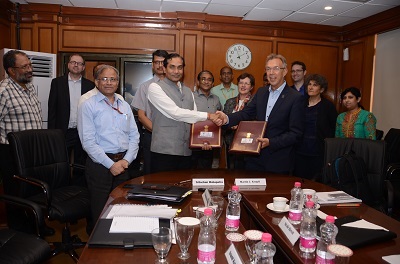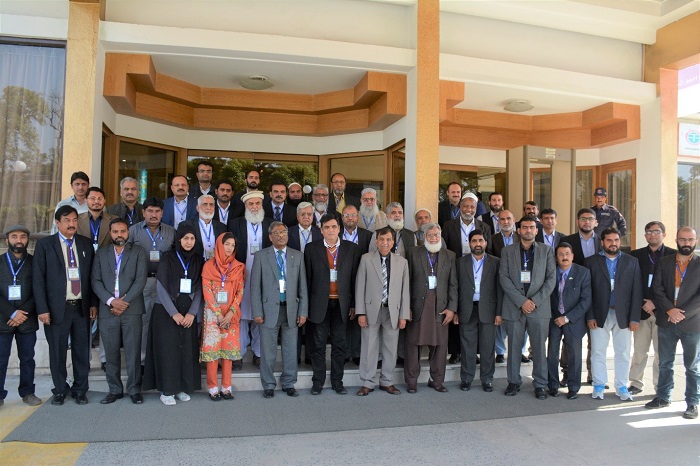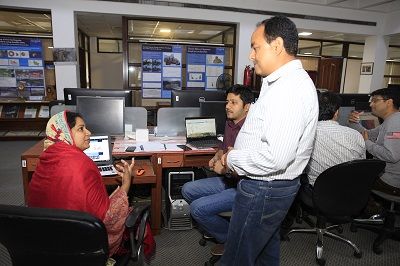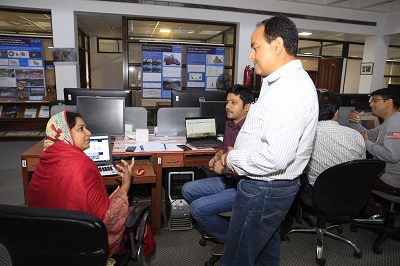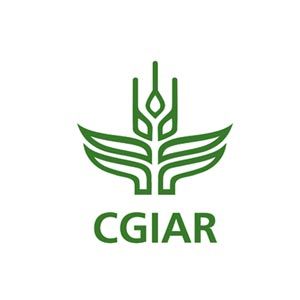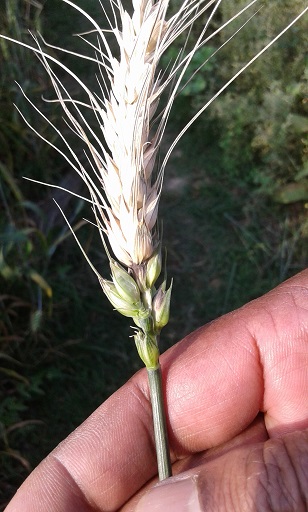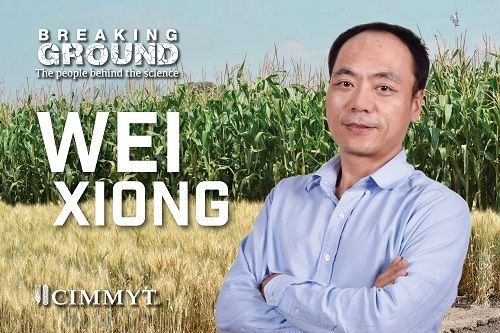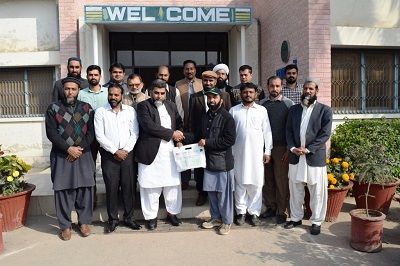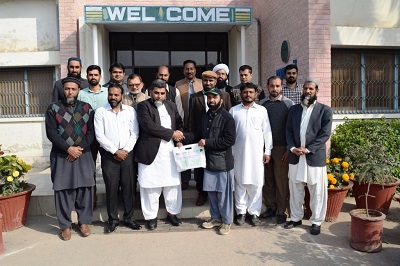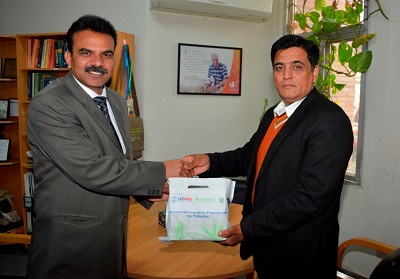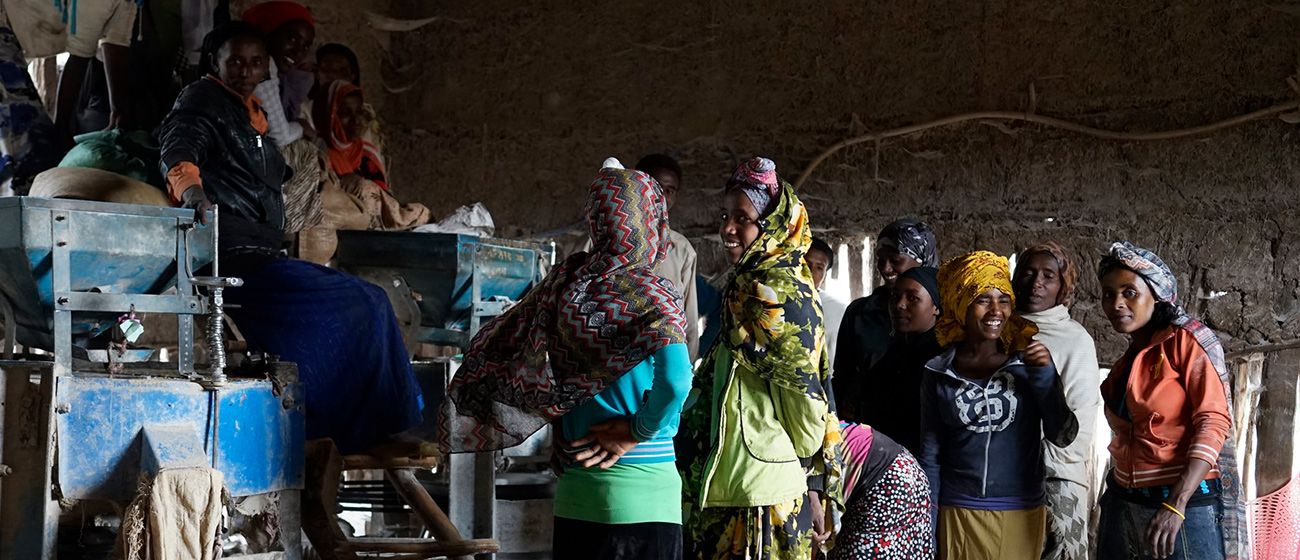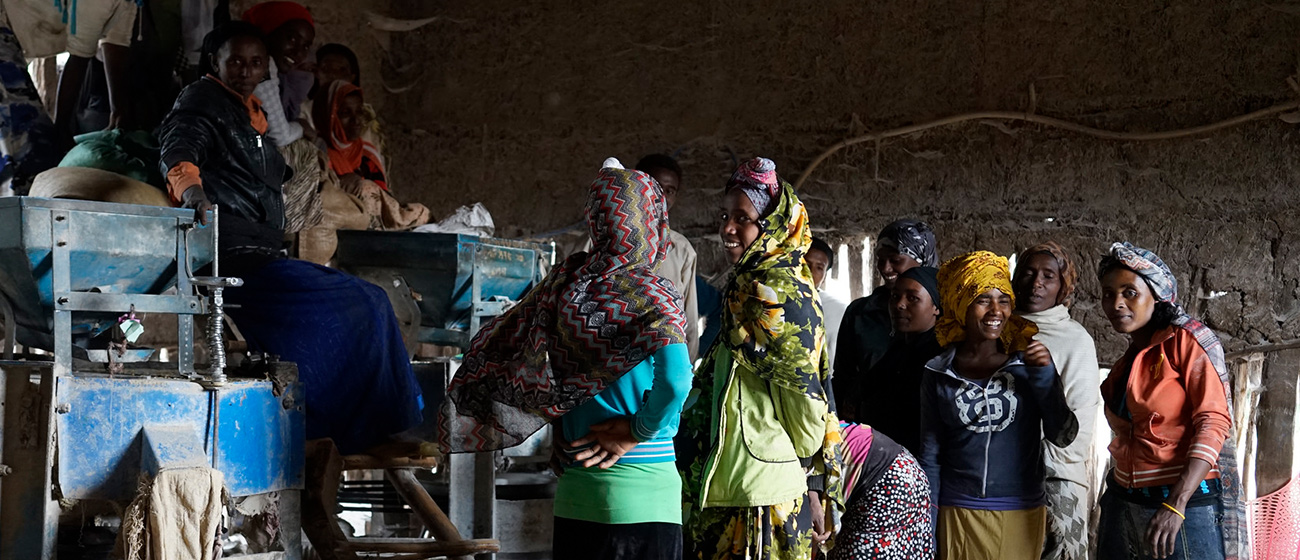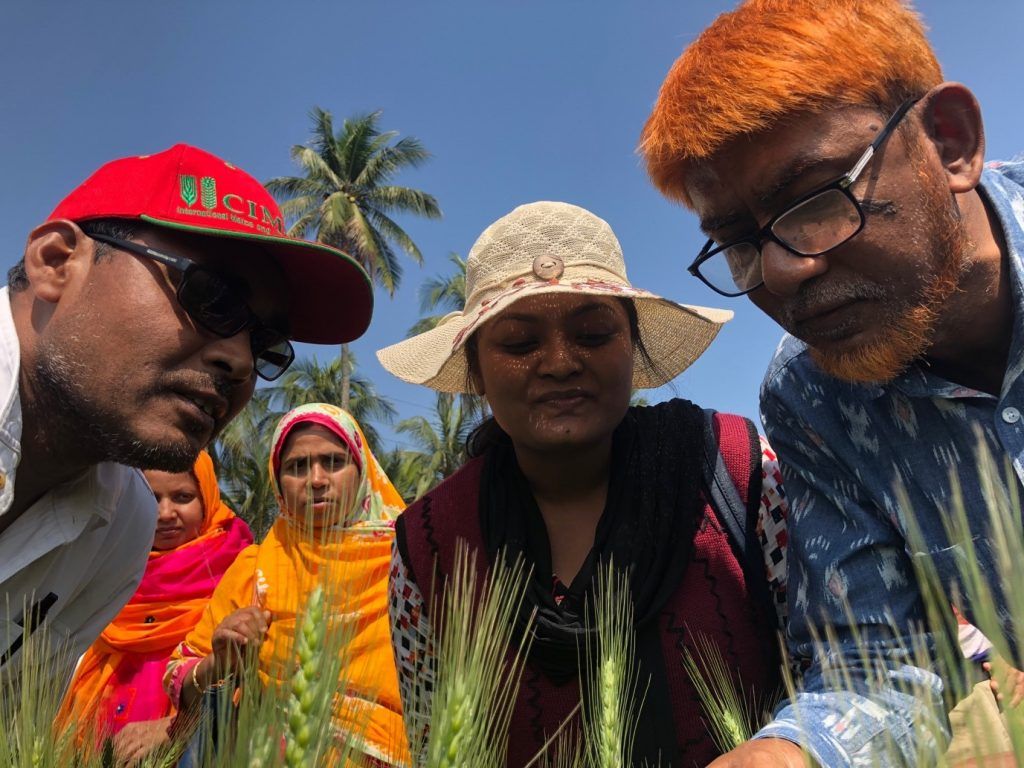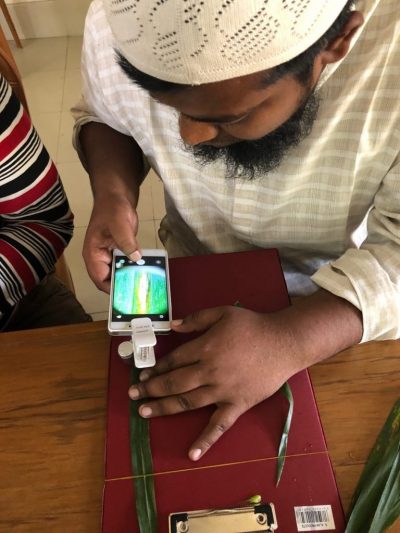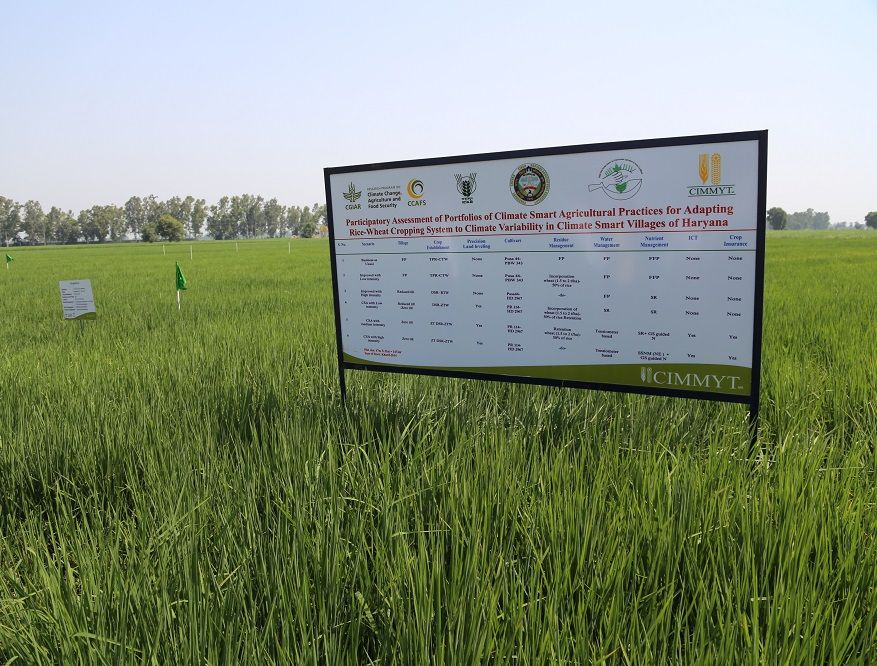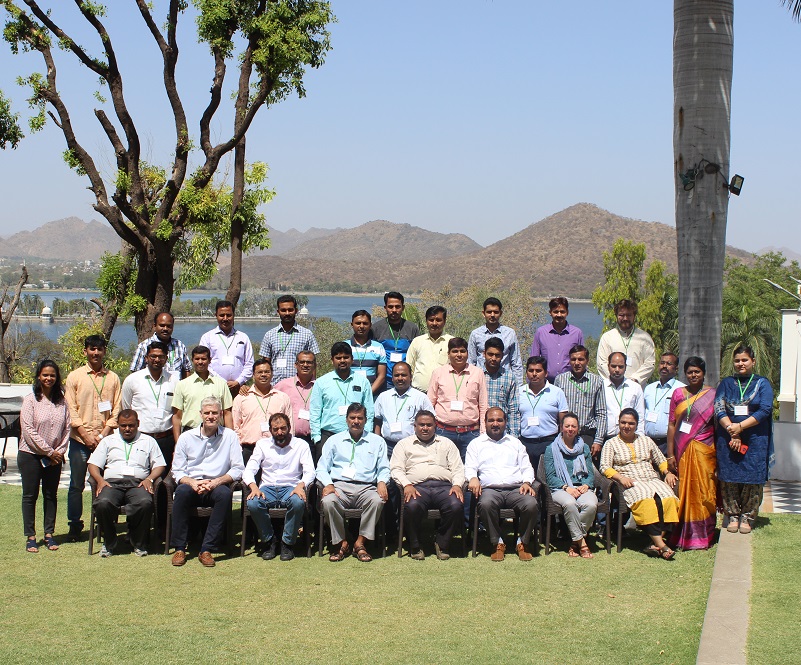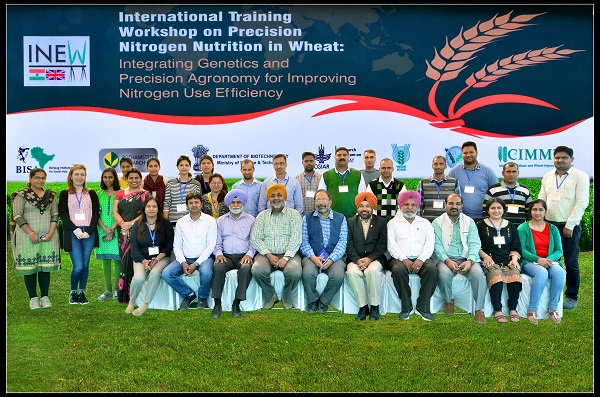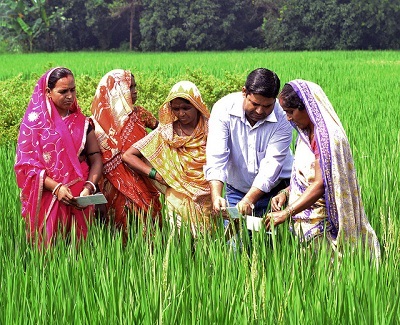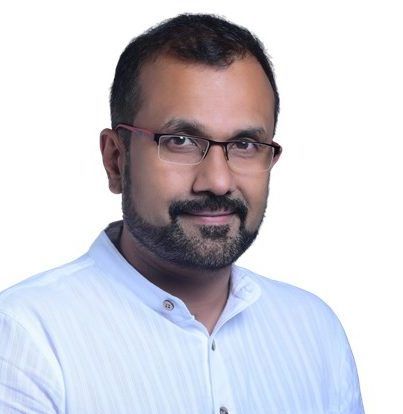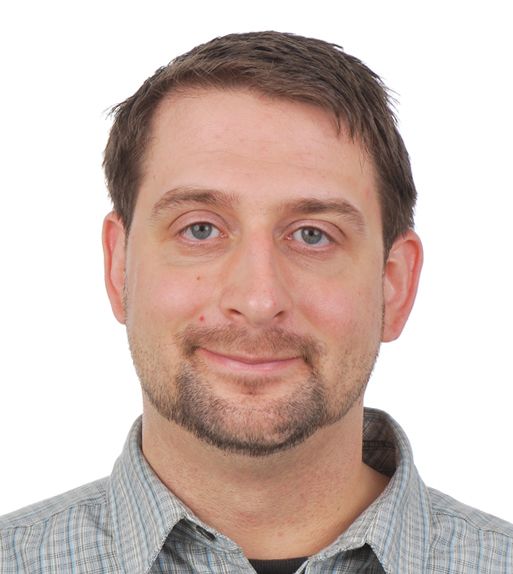Better farming practices key to combating desertification and drought
Combating desertification and drought is critical, but focusing on the bigger challenge of unsustainable agriculture can deliver more for farmers. Research from India offers new insights on practical solutions for better soil fertility, more efficient water use, reduced air pollution and lower greenhouse gas emissions.
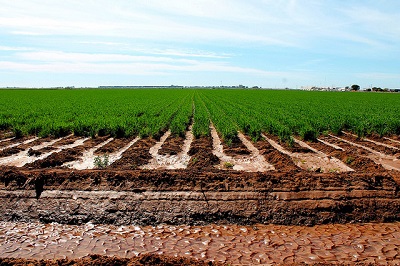
The world has made significant progress in reducing poverty and malnutrition over the last century. The number of people living in extreme poverty has been cut by half over the last twenty years, while the percentage of young children suffering from the effects of malnutrition has also declined 17 percent in fewer than 20 years (UNICEF). Yet these improvements have come at a cost to our planet. Can we feed the world and fight poverty without continuing to deplete water, degrade soils and change our climate?
June 17 is the UN Day to Combat Drought and Desertification, which puts a spotlight on efforts to reverse land and soil degradation. Land degradation and drought affect farmers everywhere, especially poor farmers, but tackling these issues without looking at the big picture may not accomplish the long-term change needed, according to researchers from the International Maize and Wheat Improvement Center (CIMMYT).
“Land degradation and abiotic stresses, especially drought, are often symptoms of a bigger problem,” says M.L. Jat, a Principal Scientist and Cropping Systems Agronomist at CIMMYT. “Unsustainable land use, particularly poor farming practices and policies, have led to a wide set of challenges in many rapidly-developing countries. In addition to drought and land degradation, we are experiencing climate change, increased air pollution and water scarcity” he points out. The answer, he says, can be found by taking systems focus and selecting the right combination of agricultural techniques that improve the resilience and productivity of farms while combating drought, land degradation, climate change and air and water pollution.
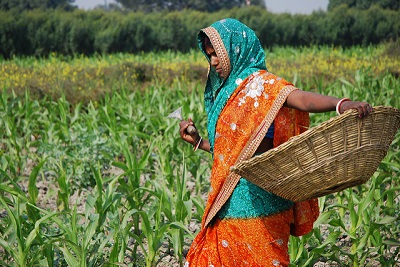
Reversing the worrying trends in India
In India, a recent CIMMYT analysis led by Jat’s team and national partners underscores the need for action to improve current agricultural practices, which are “severely stressing the natural resource base.” The analysis shows that Indian farmers are grappling with many issues that intersect with desertification and drought. The Green Revolution, which led to enormous advances in India’s agricultural productivity and fed a rapidly expanding population, also left a worrying aftermath of inefficient or inappropriate resource use.
“The extent of land degradation is alarming” write the authors, with up to 145 million hectares of farmland now considered “practically infertile” and unable to sustain long-term agricultural production. Meanwhile, over pumping of India’s water resources for rice production has depleted groundwater to “critically low levels,” putting India in the unfortunate top world position in terms of withdrawal of fresh water from aquifers.
Further challenges in India include adapting farming to climate change (particularly increasing temperatures), reducing greenhouse gas (GHG) emissions to mitigate climate change impacts and dramatically cutting air pollution caused by the widespread burning of rice crop residues. The data indicate an urgent need to improve air quality, reverse soil degradation, and reduce GHG emissions.
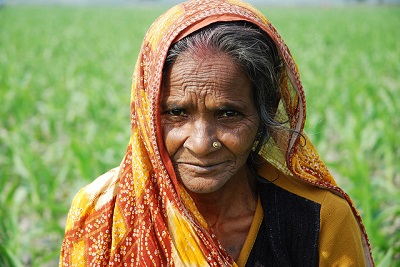
Treat the causes instead of the symptoms
“Rather than treating each problem separately, we’re trying to find answers that can address a multitude of urgent challenges,” says Jat. “It’s like a doctor understanding and treating the whole person rather than the physical symptoms of the disease – but for agricultural systems,” he explained.
For the rice and wheat growing areas of Northwest India, taking a systems approach means building a closed-loop farming system. Farmers customarily burn leftover rice stems in the field in order to plant wheat, a practice that causes air pollution and depletes soil nutrition. The innovative ‘Turbo Happy Seeder’ tool allows farmers to sow wheat seed directly into unplowed fields and rice residues. Leaving the residues not only helps improve air quality in this region but builds up organic carbon and nitrogen in soils. It also offers a low-cost alternative to chemical fertilizers, saving the farmers money and reducing greenhouse gas emissions and environmental damage from overuse of fertilizers.
The scientists are also experimenting with “layering” various techniques to produce even more benefits to people and the planet. Field tests in India include combinations of climate-smart technologies for tillage, crop establishment, residue and nutrient management, along with use of improved crop varieties, information and communication technology and crop insurance. The scientists found that layering climate-smart agriculture practices improved productivity of the rice-wheat system up to 19 percent. Layering techniques helped farmers use 20 percent less water for irrigation. And global warming potential was cut by 40 percent. The results to date bring to light new possibilities for highly productive and resilient farms that have a smaller environmental footprint. This includes healthier soils, cleaner air and water, and fewer greenhouse gas emissions.
From India to the rest of the world
The early evidence from India is promising and could offer inspiration for other countries grappling with their own resource and food challenges. India’s leaders have embarked on a conscious effort to invest in and promote technologies that simultaneously protect the environment, support farmers and feed its people. This approach marks a shift from the last 50 years of thinking and represents the kind of transformative change needed around the world to help accomplish several of the United Nation’s Sustainable Development Goals.
Further Reading
Agricultural policies and investment priorities for managing natural resources, climate change and air pollution – Policy brief
“Layering” climate smart rice-wheat farming practices in India boosts benefits – CIMMYT Blog
Kakraliya SK, Jat hs, Singh I, Sapkota TB, Singh LK, Sutaliya JM, Sharma PC, Jat RD, Choudhary M, Lopez S, Jat ML. 2018. Performance of portfolios of climate smart agriculture practices in a rice-wheat system of western Indo-Gangetic plains. Agricultural Water Management 202:122-133.
This work is led by the International Maize and Wheat Improvement Center (CIMMYT) and supported by the Trust for Advancement of Agricultural Sciences (TAAS), the Indian Council of Agricultural Research (ICAR), the CGIAR Research Program on Climate Change, Agriculture and Food Security (CCAFS), and the World Bank Group.

